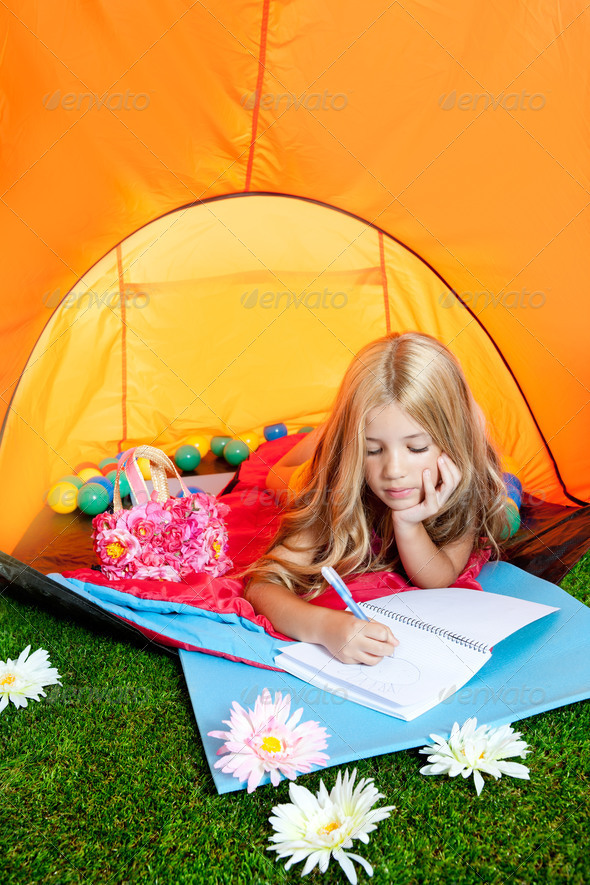
Occupational therapists help children and teens with attention deficit disorder (ADHD or ADD), sensory processing disorder, or other developmental delays build their skills in everything from handwriting to homework. OTs draw from sociology, neurology, anatomy, and psychology to create a personalized plan that targets each child’s unique physical and mental challenges, aimed at improving daily function and overall quality of life.
Sadly, occupational therapy is out of reach for many children due to location, cost, or school services. For these kids, and for others who benefit from at-home reinforcement, there are several OT-designed exercises that parents can use to build executive functions, encourage independence, and improve academic and social performance. Use these 6 straightforward exercises at home to add the building blocks of occupational therapy to your child’s treatment plan.
1. Use Graphics and Rewards to Avoid Overload and Reward Perseverance
When faced with a multi-step project, a child with ADHD may have a tendency to shut down. Occupational therapists help counter this propensity by teaching him concrete methods for breaking tasks into smaller, manageable pieces, and for maintaining self-motivation through each step. Parents can do the same at home, using graphics and small, tangible rewards that encourage incremental progress.Graphics and other visual cues are catnip to the ADHD brain; the right graphics depend on the task at hand. A child cleaning his room, for instance, may benefit from a physical map of the space that highlights the areas to be tackled first. A child struggling to get started on homework may find it helpful to see a written schedule, with each assignment slotted into a specific time. “Go in your room and do your homework” is meaningless to many kids with ADHD. But breaking the evening’s tasks down — on paper — can be extraordinarily helpful.
Rewards also vary by task, and by what motivates each particular child. A child with a sweet tooth may get a small piece of candy for finishing each chapter of a book; a child who loves video games may keep reading if he knows he can play 20 minutes of Minecraft once he’s done.
2. Create Rubrics to Set Clear Expectations and Guidelines
Children with ADHD benefit from posted rules, clear expectations, and set responsibilities. That’s why occupational therapists make extensive use of rubrics, which allow children to understand exactly what’s expected of them in a given area or on a given task. Giving a child with ADHD ambiguous directions — “I expect you to do your homework neatly” — can engender stress and confusion. What does “neatly” mean? Instead, prepare a written rubric that your child can reference before completing a task to help clear up confusion, practice independence, and develop a clear vision of success.At home, use rubrics for almost any task or set of tasks, from a homework assignment to the day’s chores. Download rubrics online or make your own, and fill them out with your child or separately. Depending on your child’s age and maturity level, you can score your rubric using numbers, letters, or symbols, and make it as simple or as complicated as is appropriate.
3. Establish Calm Down Zones for Healthier Reactions
Children with ADHD, learning disabilities, or sensory challenges are prone to meltdowns, especially when faced with developmentally inappropriate tasks or expectations. Occupational therapists learn to anticipate these meltdowns and counteract them with “calm down zones,” or specified places where children can go to regroup when they’re frustrated, overwhelmed, or about to blow.

4. Devise a Sensory Diet
Any child who has complex sensory requirements — sensory seekers, for instance, or sensory avoiders — can benefit from a “sensory diet,” or a prescribed set of activities that help his or her body get the types of sensory input required before energy can be devoted to learning. This is especially true for academic learning, which usually falls low on the list of a child’s instinctual needs.

Occupational therapists are the best equipped to design a unique sensory diet that suits a specific child’s needs, but you can follow some general rules to design interim sensory interventions for your child. For one, heavy work — actions that push or pull against the body, like wall push-ups — benefits most children with complex sensory needs, no matter which end of the sensory spectrum they fall on. Alternative seating, like exercise balls or standing desks, can also help provide the physical input students need to attend better in class or at home. Other small fixes, like purchasing tagless clothing or avoiding florescent lighting, can make a big difference in maintaining a child’s sensory equilibrium.
5. Decrease Distractions with ADHD-Specific Tricks
Occupational therapists use a range of tools and techniques to help children strengthen their focus muscles and improve their attention spans. Some — like fidget toys — are already well known by parents of children with ADHD. Fidgets come in a wide range of styles, and most are discreet enough to fit in a pocket and be used without drawing undue attention.
Other distraction-busters are less established in the ADHD community, like the OT trick of replacing white paper with colored paper. The ADHD brain can be overstimulated by black and white worksheets, which often appear distorted under bright lighting. Scanning your child’s homework assignment and reprinting it on light blue, light green, or peach-colored paper is a cheap way to help your child better focus better on his work.
6. Use Mindfulness to Ground the ADHD Brain
Have you ever driven home after work and, upon arrival, realized you couldn’t remember the journey? Our bodies are programmed to follow repeated routines, and we don’t always focus on or notice each moment as it’s happening. For children with ADHD, this natural tendency may have negative effects by increasing impulsive behaviours or even raising anxiety levels. Occupational therapists work to help children “ground” themselves in their routines by using mindfulness techniques that help avoid and manage the stress that comes with feeling out of control.
“Grounding” may mean dispersing a calming scent during homework time, for example, to help your child stay focused and present through this (occasionally boring) part of her daily routine. A child who experiences sudden surges of anxiety may ground herself by paying deliberate attention to certain aspects of the world around her. You can help by asking your child to take a deep breath and then identify a red object in the room. Then a yellow one; then a blue. By grounding herself in her environment, your child will practice extending her focus outward — away from her own stresses and fears.
Occupational therapists don’t “fix” children — we empower them. By applying these OT techniques at home, you’ll be empowering your child to better understand his symptoms and take real, concrete steps toward managing them.
Contact us for more information!
Source: additude
To find out how we can help you with your Website + Marketing, using our unique location marketing platform called Top4, get in touch today at www.top4marketing.com

Looking to build customer loyalty through social media? Don’t forget to add your business to Top4.global
List your business, create your own digital store to sell goods and services, and share posts on social media. Promote your business on Google instantly! Should you need help with local digital marketing then view our new Google Marketing Platform and services Top4 Marketing
Get Found On Google Promote Your Website, Reach local customers today!
Our Digital Marketing Agency Services Across All Industries Include Search Engine Optimisation (SEO), Google Marketing, Website Design, Corporate Web Development, and local location-based marketing using our own Google Marketing Platform!
Engage A Social Media Agency For Only 1/3 The Cost Of Employing A Social Media Manager…LET’S TALK!




